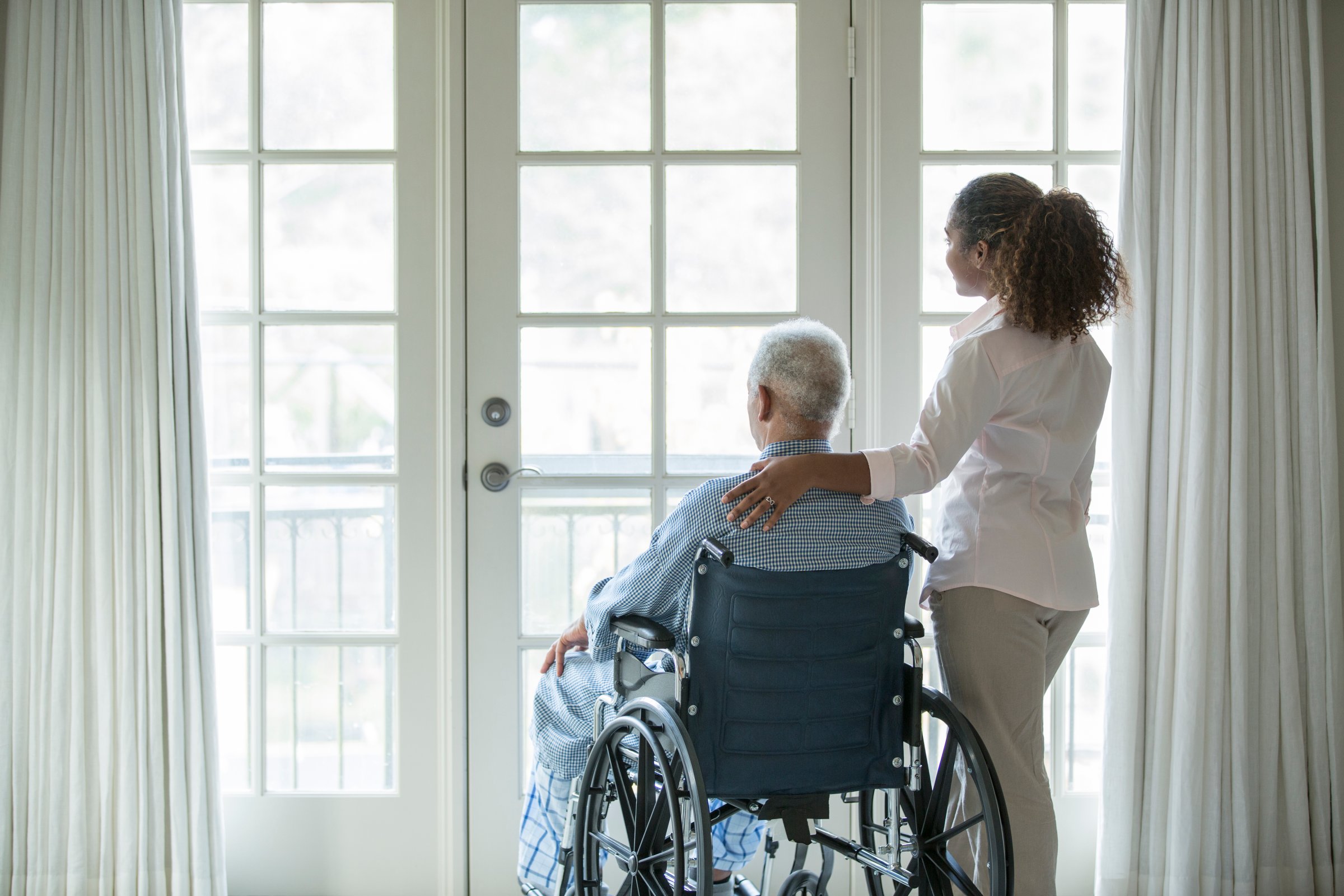
Family caregivers provide essential, often unpaid work in the U.S.: they help family members with tasks like bathing and eating, coordinating insurance coverage and managing medications. But what a caregiver looks like in America is changing. Although the typical unpaid family caregiver is a 49-year-old white woman, about 10 million Americans between ages 18 and 34, of all different backgrounds, are now the caregivers for a family member or friend, according to a new report by AARP.
One out of four family caregivers in the U.S. is a millennial. And as Baby Boomers age and need more support, this young group is becoming an increasingly important part of the caregiving workforce. More than half of millennial caregivers are now people of color, according to the report, and they are more likely than any other generation to balance caregiving with employment.
The report, which draws on data from the 2015 Caregiving in the U.S. study by AARP and the National Alliance for Caregiving, found that 27% of millennial caregivers are Hispanic, while 18% are black and 8% are Asian American/Pacific Islanders. Less than half (44%) are white — yet two-thirds of older caregivers are white.
Nearly three quarters of millennial caregivers are employed, according to the new report, and 53% work full time. They also spend an average of 21 hours per week on caregiving, or the equivalent of a part time job. More than one in four millennials spends over 20 hours each week providing care, and roughly one in five provides care for at least 40 hours each week.
“Many of these millennials are not just working and providing this care, but are trying to figure out, ‘how do I balance all of this?’” says Jean Accius, an expert on long-term care services and supports at the AARP’s public policy institute, which provides guides for different communities of caregivers. “At this time in their life, a typical millennial may be thinking about going on vacation, hanging out with friends and potentially getting married, but these millennials are doing things like wound care and bathing.”
The report finds that Latino millennials often face increased pressure, as they work more hours each week on average and spend more time providing care than young adults of other backgrounds. Some of this has to do with the fact that Hispanic Americans are more likely to live in multi-generational households, Accius says. Tasks like navigating government health systems or coordinating care between multiple providers can also be particularly challenging for families that have members whose first language is not English.
MORE: Is an Anti-Aging Pill on the Horizon?
Even as millennial caregivers are spending much of their time working, over half earn less than $50,000, according to the report. They spend an average of 27% of this income on caregiving-related expenses, a higher portion than any other generation. And other surveys have shown that most millennials have some form of debt. Roughly 70% of college graduates have student loan debt, and the Federal Reserve has estimated that the average monthly student loan payment is $393. “You can’t have a conversation about millennials balancing school and career and work and care without talking about the student debt crisis,” says C. Grace Whiting, president and CEO of the National Alliance for Caregiving. “If someone is in the beginning of their career and they’re indebted and they’re also caregiving, it just adds more stress and strain to that experience.”
Another common source of stress is the impact that caregiving responsibilities can have on a person’s career. 54% of millennial caregivers say that caregiving has impacted their job in significant ways, according to the report. Yet millennials are much less likely to tell their supervisors or colleagues at work about their caregiving responsibilities, meaning they are often navigating alone.
One sign of progress is that millennial men are nearly as likely to provide care as women, according to the report. “The way that millennials think about gendered work or gendered care roles is changing,” says Whiting. The U.S. is already facing a shortage of caregivers, and the increasing gender and racial diversity of millennial caregivers will be necessary to support all those who need help in the future, she says. “We see, especially among millennials, that everybody bears some responsibility, and we need to care for each other.”
More Must-Reads from TIME
- Cybersecurity Experts Are Sounding the Alarm on DOGE
- Meet the 2025 Women of the Year
- The Harsh Truth About Disability Inclusion
- Why Do More Young Adults Have Cancer?
- Colman Domingo Leads With Radical Love
- How to Get Better at Doing Things Alone
- Michelle Zauner Stares Down the Darkness
Write to Abigail Abrams at abigail.abrams@time.com